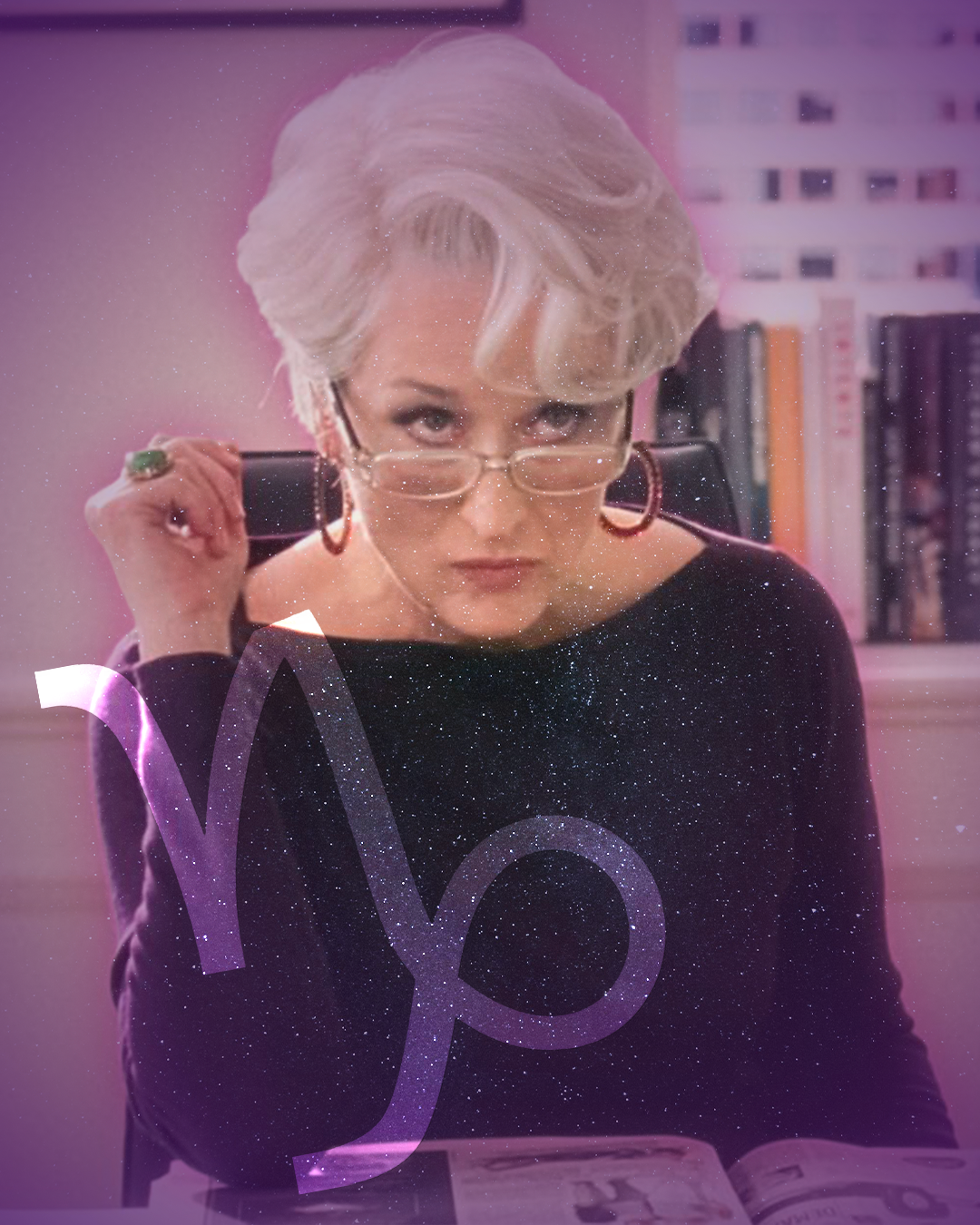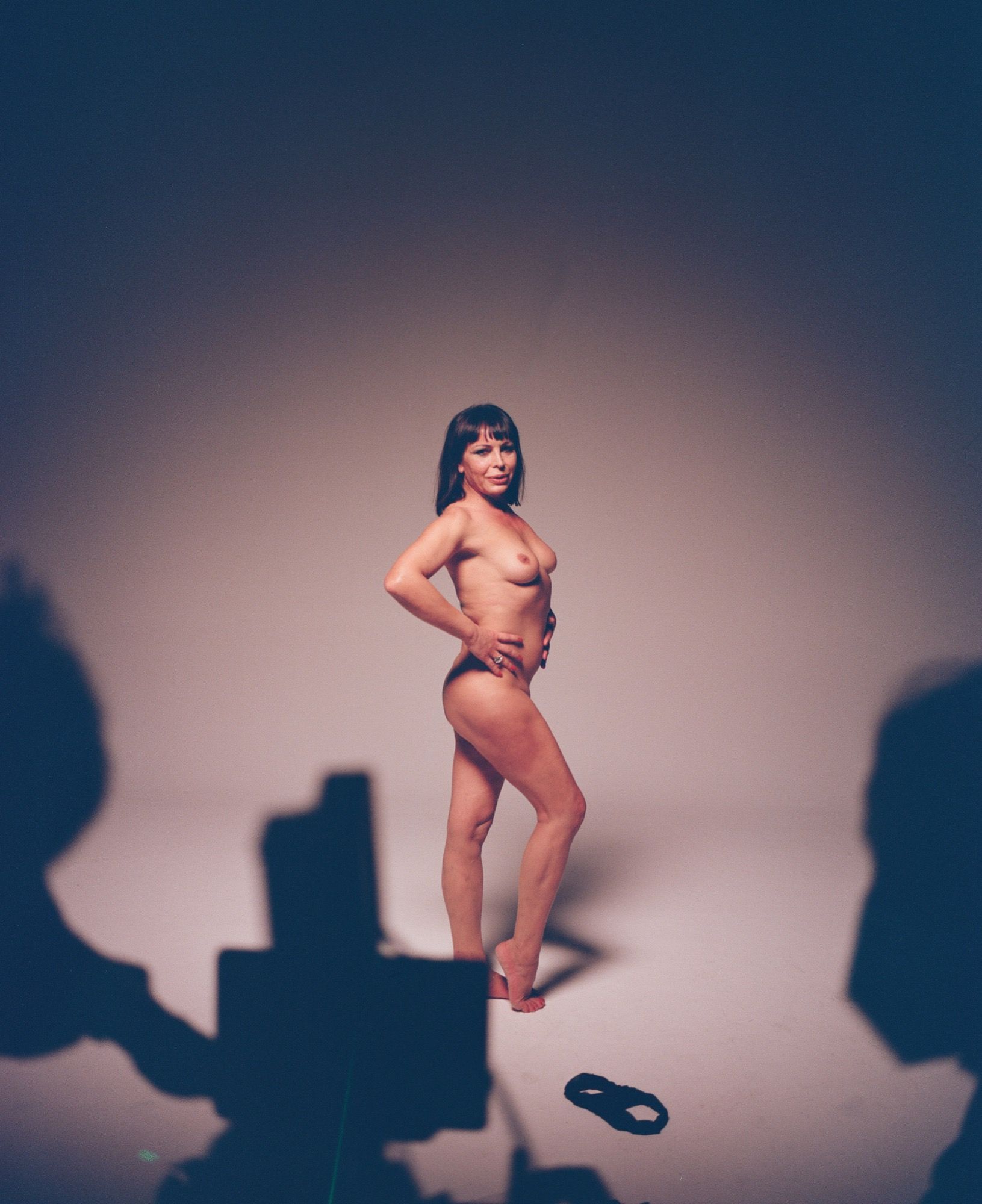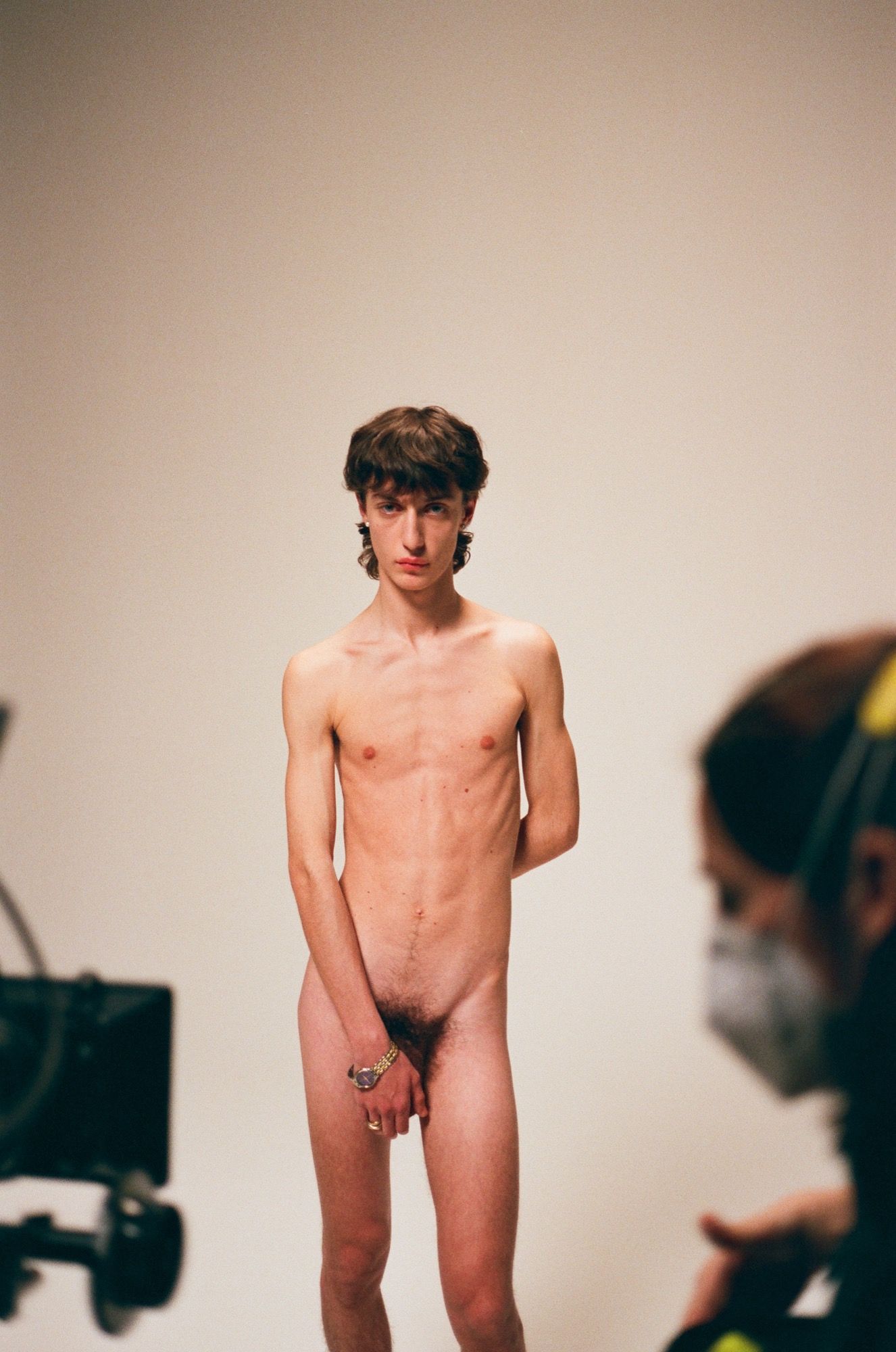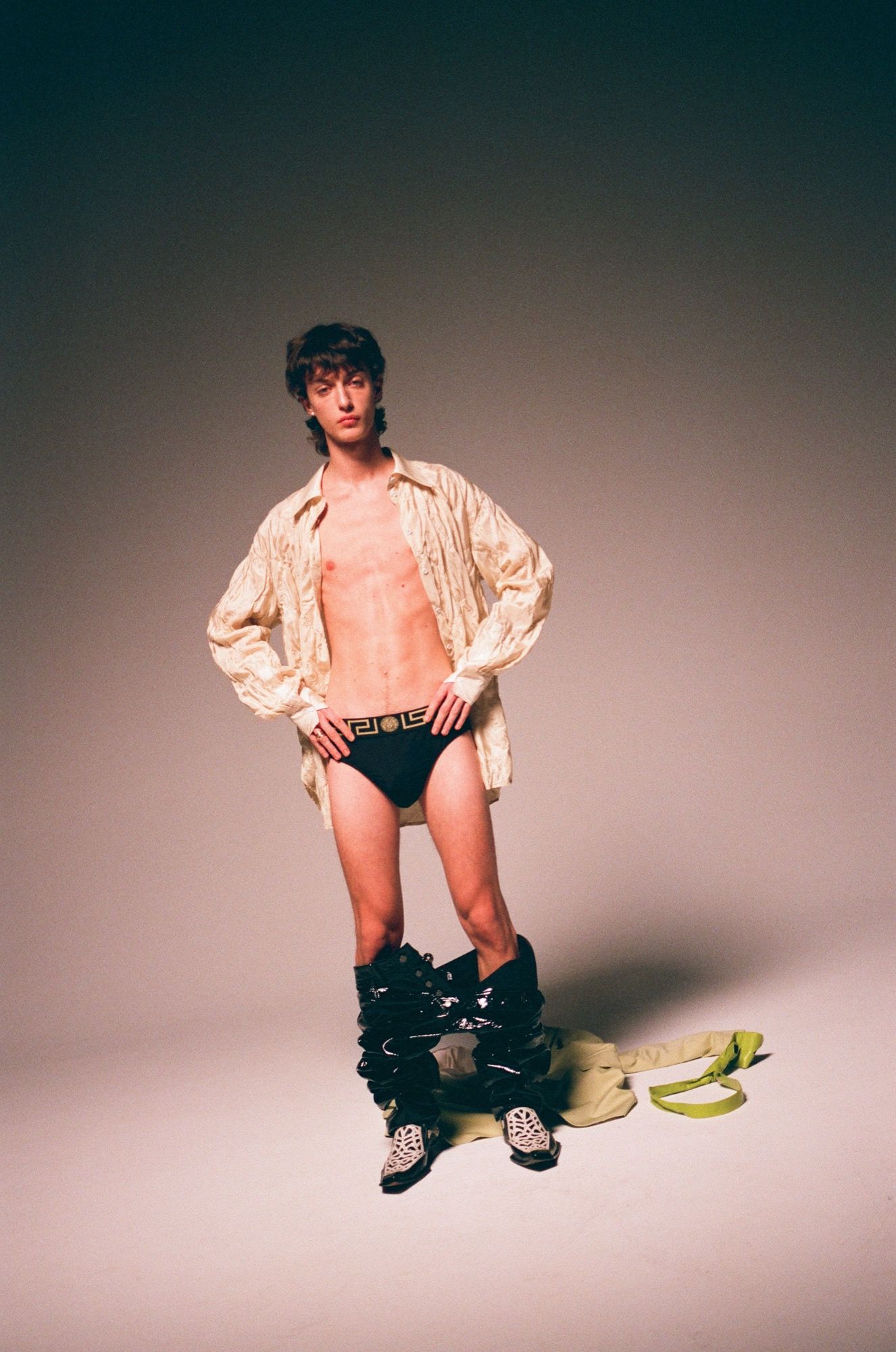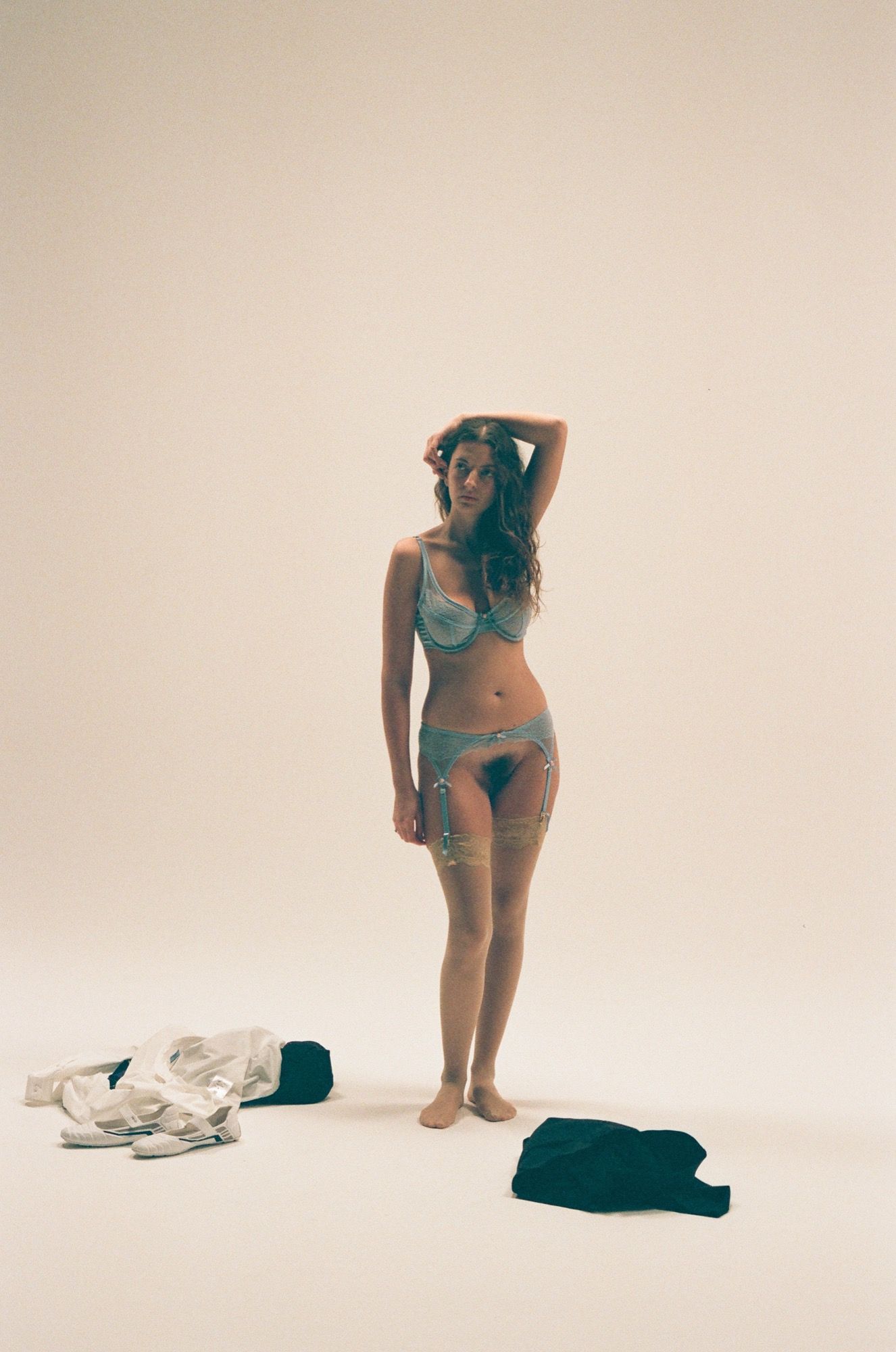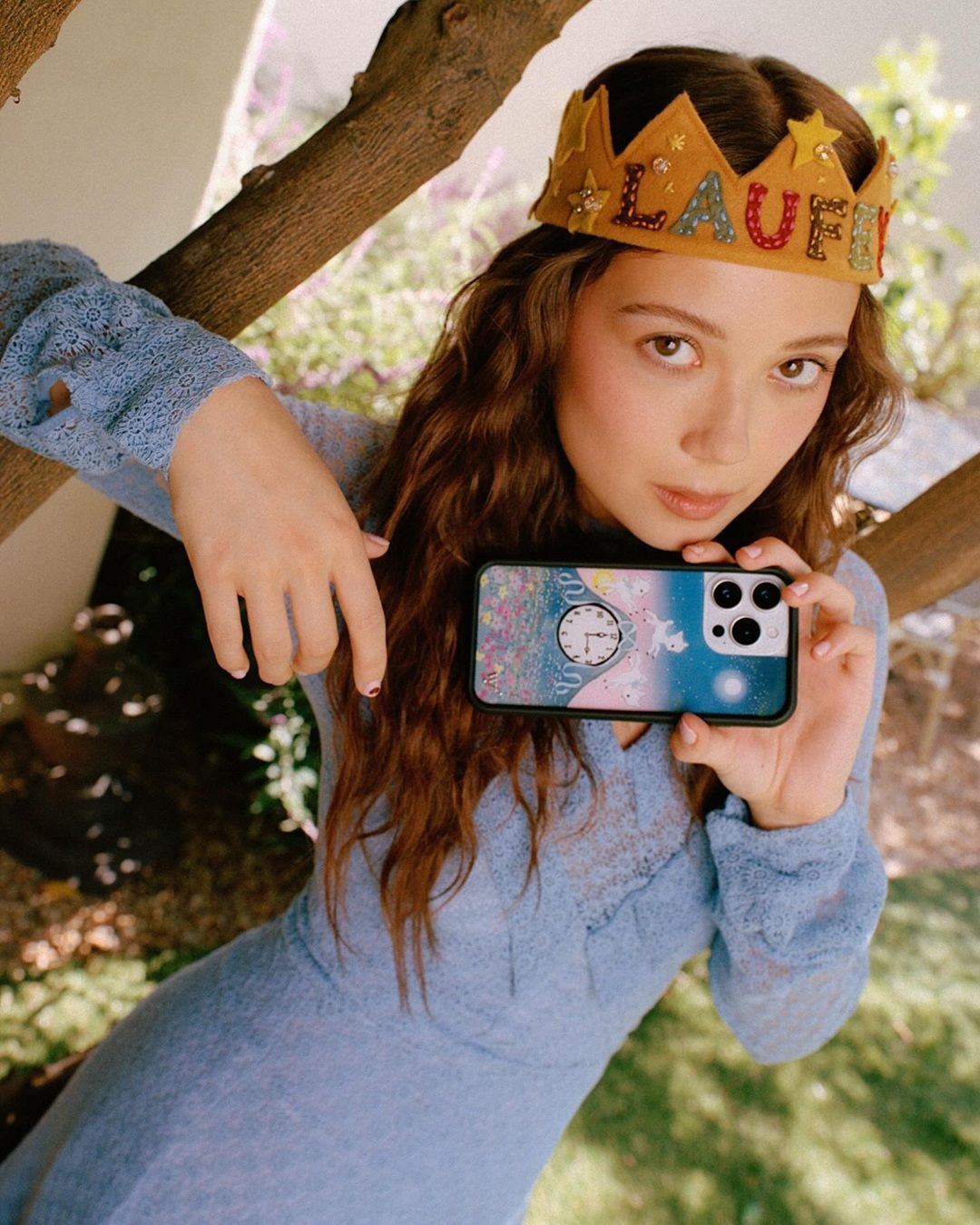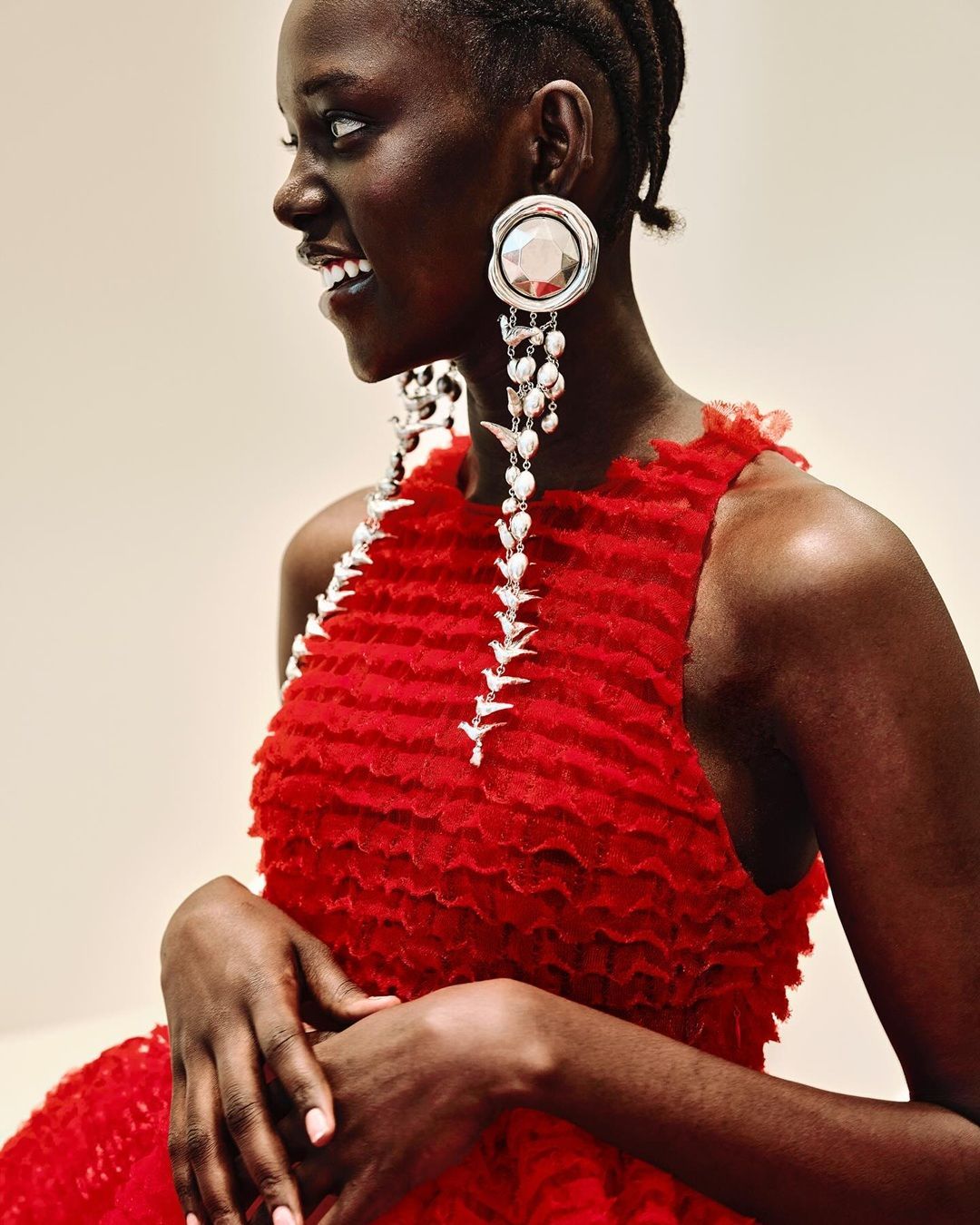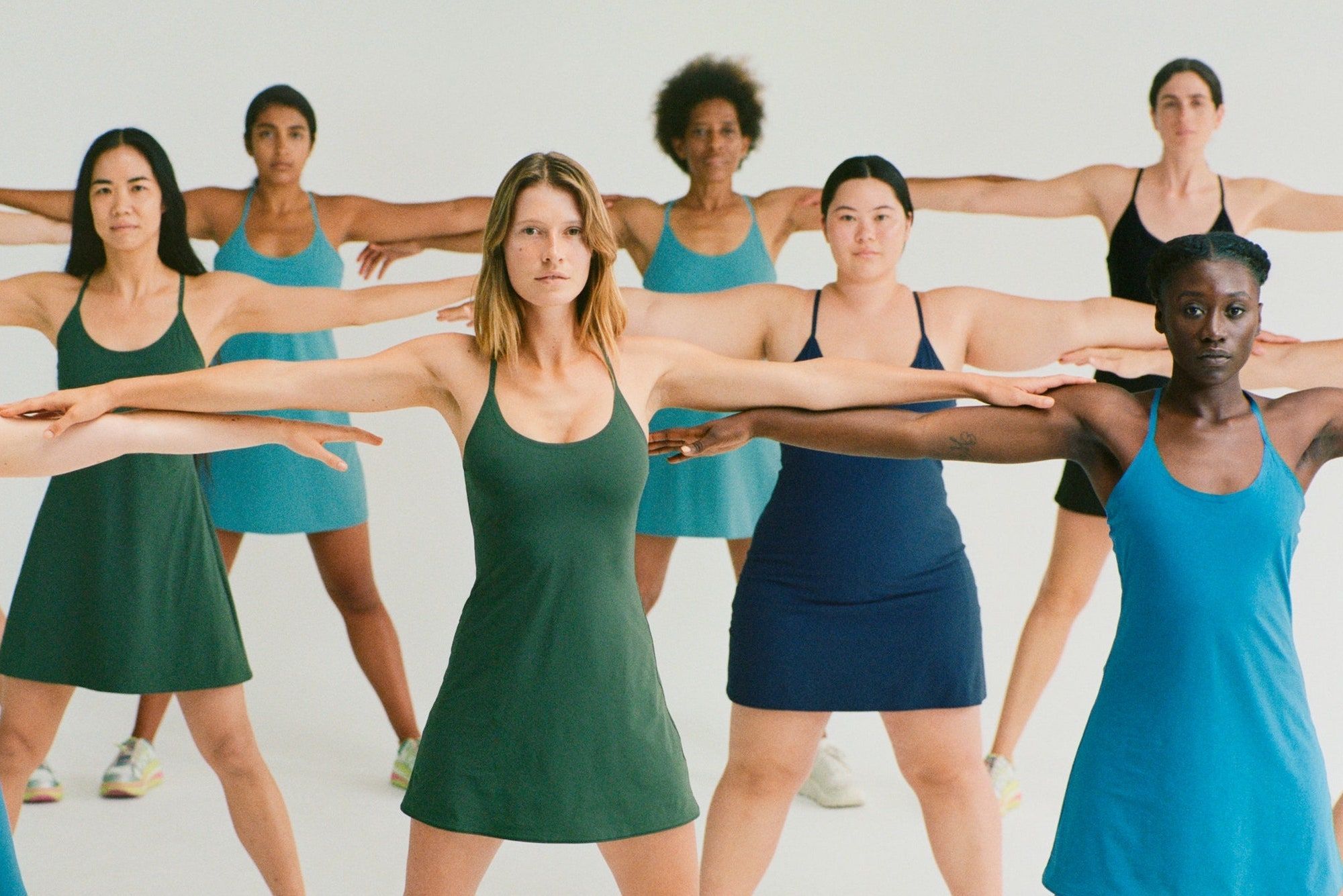
Where does Body Positivity come from and how it's evolving And the way in which media and social networks are changing it
Fat, hair, bones, freckles, vitiligo, moles, blood: today like never before has the body-positive movement captured media attention. Body Positivity came out as a political and social movement aimed at challenging the standards and prejudices of society on bodies. Its origins are intertwined with the history of the 1960s protests on fat-acceptance, to combat discrimination against fat people and celebrate plus-size bodies; they burned photos of models like Twiggy and even books on diets, organized lectures and seminars in schools. From concrete activism then a part of Body Positivity has turned into a real economy on its own, coming to coincide with photos on Instagram picturing glittery stretch marks.
Social media have emphasized the concept of empowerment and so the body-positive movement has had particular relevance. The body, like its representation, has once again become a heated topic of discussion, even democratically speaking (everyone talks about it without necessarily being linked to the movement). In the new Digital Cover N05 of nss magazine, entitled BODY, the link between the physical and the mental self, sexual identity and the media significance of nudity is investigated. BODY is also one of the first editorial experiments in Italy that questions the guidelines of social media, proposing an anti-censorship alternative on OnlyFans, without focusing only on female bodies, but by extending the discourse intersectionally.
'All bodies are beautiful'
The body-positive message has been misrepresented by rhetoric that has instead focused on beauty. The original idea was to criticize society because it promoted a system of values that determine which bodies should be considered beautiful. Every society has its own reference beauty standard, and this weighs especially on the image of women because the aesthetic model is often unattainable. All this means that the concept of beauty, like gender, is a shared and variable social construct: we decide here and now as a society what is or is not beautiful. Body Positivity, however, has never used the slogan all bodies are beautiful because bodies are not actually all beautiful, bodies are bodies. The goal was to move the subject from beauty to validity. All bodies are valid, this is the true mantra.
And at the same time, it's important to remember that being body-positive doesn't mean romanticizing obesity or other health problems, nor does movement invite these bodies to accept and remain as they are, at the same time Body Positivity pushes society to recognize the existence of those bodies, which are valid. As the Belle di Faccia project also tells us, Body Positivity has nothing to do with toxic positivity, nor with those ideas of self-love and acceptance regardless. Already here we can identify two declinations of body-positive thinking: the revolutionary movement that took to the streets in the 90s, and another consumerist version dictated by the algorithms of social networks.
The role of brands
The online version that we could define as "a bit fake", was created by liberal feminism under the influence of pinkwashing, which means all those marketing activities that use themes related to women (feminism, sex / body-positive etc.) to gain market advantage. The message, however, is obviously deviating until it reaches the paradoxical situation whereby the Body Positive movement itself is marginalizing the bodies that were previously at its centre. This is because brands show new standards in advertising, this time a bit curvy, but always new standards. This also happens in fashion shows, where luxury brands give more and more space to models with different bodies. Yet, as Antonio Mancinelli noted: “when people go to the boutiques of the same brands to buy a dress, they often find only very small sizes”. After the era of Victoria's Secret, other brands have instead listened to these needs by opening up to diversity (one above all, Savage x Fenty).
But there's another matter related to marketing to analyze. In recent days, there has been a lot of Nike sponsored posts promoting the brand's sports bras with a photo of a model with hair under her arms. At the same time, again on social media, many people were enthusiastic about Nike's choice to use oversized mannequins. The timing of these comments is strange, given that the news about it dates back to 2019. The mannequins were used only in one store in London, and the controversy over the hairy armpits is only an extension of this. What do these "political" choices want to communicate with consumers? But above all, are brands ahead of society? Opinions here are radically divided between those who think that advertisements can educate people, in a positive social and cultural aspect, and those who consider them only as marketing actions that intercept a trend on the surface without problematizing it in practice.
The problem of media overexposure
Whether they are representations of what were called "plus sizes", or of hair in the armpits, nipples, menstrual blood or vulva-shaped objects that sing, it is undeniable that the body, almost exclusively the female one, is dominating the media landscape from advertisements to tabloid headlines. We are experiencing an unprecedented overexposure of the body, which has no didactic or popular purpose but is simply consumerist. It's the reflection of image pornography aimed exclusively at earning and profit (whether it is actual consumption of products or online clicks), without any reasoning on the deconstruction of taboos and stereotypes. The nauseating, continuous and above all misleading use of these issues only leads to further controversies that weaken the movement.
tgcom24 come qualsiasi altro media scandalizzato da Miley Cyrus che è andata a fare la spesa in canottiera senza il reggiseno, schifosi, se un uomo fosse andato a fare la spesa in mutande probabilmente lo avrebbero definito sexy, io giornalismo fa veramente pena. pic.twitter.com/3kl4XHZdzV
— Iᔕᗩᗩᑕ (@WillHerondaleJC) January 25, 2021
Let's take a concrete example because in Italy these are still much-discussed topics. Dolce & Gabbana has chosen Vanessa Incontrada as the curvy face of a new social campaign inspired by Rubens' paintings (the brand has also not happily written that the choice is not accidental, because "Rubens was a master in conveying softness in every detail"). The news was followed shortly by a controversy concerning the fact that in the advertisement for Activia, of which Incontrada is testimonial, the actress was replaced in the frame in which the belly is framed, in sharp contrast with the desire to present herself as a body-positive icon. In particular, after the great uproar caused by the cover of the issue of Vanity Fair which portrayed her completely naked, this choice appears at least contradictory.
When you alter the messages and set up role models from show business who don't actually know the history of the Body Positive movement, it just creates confusion. Mainly for two reasons. The first consists of ignorance, we can also define it as genuine, of these people. They are not activists or scholars, so the messages that come from their communication and their statements, in general, can be inconsistent. Secondly, returning to the case of Incontrada, if on the one hand there is an openness to dialogue on the body, on the other, the products are not completely rethought. Let's explain better. For each cover that praises Body Positivity and self-acceptance, "without judgments", in every magazine and online publication, there are dozens of advertisements and articles on fitness that talk about how to lose weight in a few weeks, and that promote diet culture. These are antithetical messages that one should think about, also to understand whether the operation of the brand (whether it's a magazine or a fashion brand) is a sweetening or a demonstration of a shared value.
We can't deny that openness from the media towards these issues is positive news, especially if one thinks of all the problems of self-acceptance that teenagers experience, but there is almost never a concrete translation of the great declarations and statements that are made. In this way, this Instagram caption-sweetened narrative risks remaining an end in itself.


